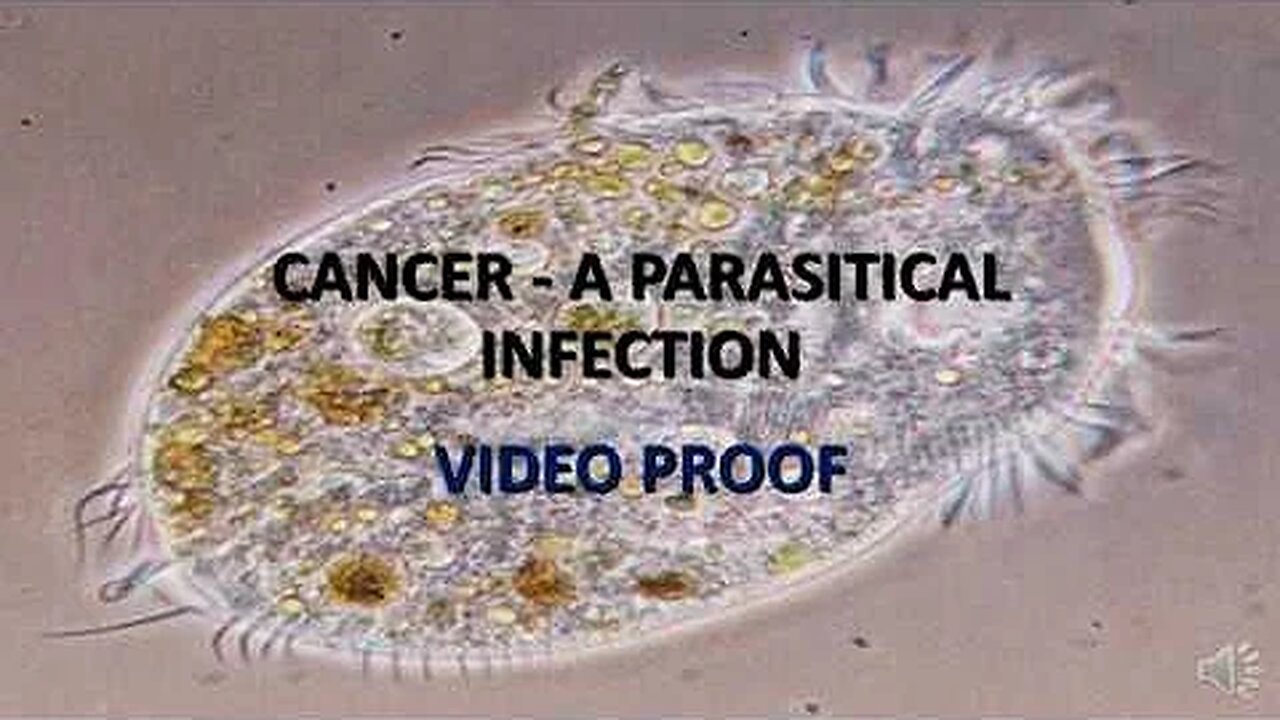At first glance, your home might seem like the safest place on Earth. It’s where you unwind, feel secure, and live your daily life. But beneath the surface, many seemingly harmless items may pose serious health risks. Among the most concerning threats? Carcinogens—substances that could increase the risk of cancer over time. Shockingly, many are found in common household items you see and use every day.
In this article, we unveil 10 everyday items that may be quietly harming your health, and we explore simple ways to reduce your risk.
1. Non-Stick Cookware
Convenient and easy to clean, non-stick pans are a kitchen favorite. However, when overheated, these pans can release toxic fumes due to chemicals used in their coating. Compounds like PFOA and PTFE can break down at high temperatures, and long-term exposure to these fumes has been linked to increased cancer risk. To protect your health, consider switching to cast iron, stainless steel, or ceramic alternatives.
2. Plastic Food Containers
Plastic containers—especially those not labeled BPA-free—can leach harmful chemicals when exposed to heat. Microwaving leftovers or pouring hot soup into these containers can cause substances like bisphenol-A (BPA) and phthalates to seep into your food. These chemicals are known endocrine disruptors and have been associated with breast, prostate, and other hormone-sensitive cancers. For safer storage, use glass or stainless steel containers.
3. Scented Candles and Air Fresheners
Who doesn’t love a home that smells fresh? But those delightful aromas can come at a hidden cost. Many scented products contain volatile organic compounds (VOCs) and synthetic fragrances, which can irritate the lungs and, with long-term exposure, potentially increase cancer risk. Opt for natural essential oil diffusers or beeswax candles with cotton wicks instead.
4. Cleaning Products
Bleach, oven cleaners, and multi-surface sprays often contain formaldehyde, ammonia, and chlorine-based compounds. While these chemicals are effective in cleaning, they also release toxic fumes that can linger in the air and be inhaled. Chronic exposure has been linked to respiratory issues and, in some studies, elevated cancer risk. Safer alternatives include vinegar, baking soda, and lemon-based DIY cleaners.
5. Vinyl Flooring and Shower Curtains
That shiny new vinyl floor or plastic shower curtain might be hiding toxic secrets. Vinyl products often contain polyvinyl chloride (PVC) and phthalates—both considered harmful to human health. Over time, these substances can off-gas, releasing potentially carcinogenic fumes. Replacing them with natural materials like bamboo, linoleum, or organic cotton curtains can greatly reduce exposure.
6. Flame-Retardant Furniture
Fire safety is crucial, but flame-retardant chemicals in sofas, mattresses, and electronics have come under scrutiny. Many contain polybrominated diphenyl ethers (PBDEs), which can accumulate in household dust and enter the body through inhalation or skin contact. Some studies suggest links between long-term exposure and cancers, as well as hormone disruption. Look for “flame-retardant free” labels when shopping for furniture.
7. Cosmetics and Personal Care Products
Your favorite lipstick, lotion, or deodorant might contain hidden dangers. Many personal care items include parabens, formaldehyde-releasing preservatives, and artificial fragrances. These chemicals can penetrate the skin and enter the bloodstream, with some linked to reproductive cancers and hormone disruption. Switching to natural, organic, or fragrance-free products is a powerful step toward safer self-care.
8. Pesticides and Herbicides in the Garden
Lawn care and pest control products may make your outdoor space look pristine—but many contain glyphosate and other substances that raise red flags. Exposure through skin contact, inhalation, or residue on garden produce can build up over time. Consider eco-friendly weeding methods or organic alternatives to limit potential harm.
9. Microwave Popcorn Bags
Popcorn is a favorite snack, but the convenience of microwave popcorn comes with a hidden cost. The inner lining of microwave popcorn bags is often coated with perfluorinated compounds (PFCs), which can break down into potentially cancer-causing substances when heated. Air-popping your own kernels is a safer—and healthier—alternative.
10. Dry-Cleaned Clothes
That “fresh from the cleaners” scent might come from a chemical called perchloroethylene (perc), used in many dry-cleaning processes. Residue from this solvent can linger on clothes and be inhaled. Long-term exposure has been associated with liver and kidney damage, and possible cancer risk. Choose dry cleaners that use wet-cleaning or CO2-based alternatives.
How to Reduce Your Risk at Home
The presence of these items doesn’t guarantee cancer, but constant, low-level exposure over time may add up. Here are some practical ways to create a safer, healthier home environment:
-
Choose safer materials: Opt for wood, stainless steel, ceramic, and glass wherever possible.
-
Read labels carefully: Look for products labeled “BPA-free,” “phthalate-free,” or “fragrance-free.”
-
Ventilate regularly: Open windows and use exhaust fans to clear out VOCs and chemical fumes.
-
Clean with caution: Switch to natural cleaning products or make your own with simple ingredients like vinegar and baking soda.
-
Minimize dust: Vacuum with a HEPA filter and damp mop regularly to reduce indoor pollution.
Final Thoughts
The modern home is full of products designed for comfort and convenience. But in pursuit of these luxuries, we may unknowingly be exposing ourselves to long-term health risks. By becoming aware of these hidden dangers and making small, deliberate changes, we can significantly lower our risk of cancer and other chronic conditions.
Remember, prevention often starts with awareness. Your home should be a sanctuary, not a source of stress or silent harm. Swap out the toxic for the natural, the harmful for the healthy—and give your body the clean, safe environment it deserves.
